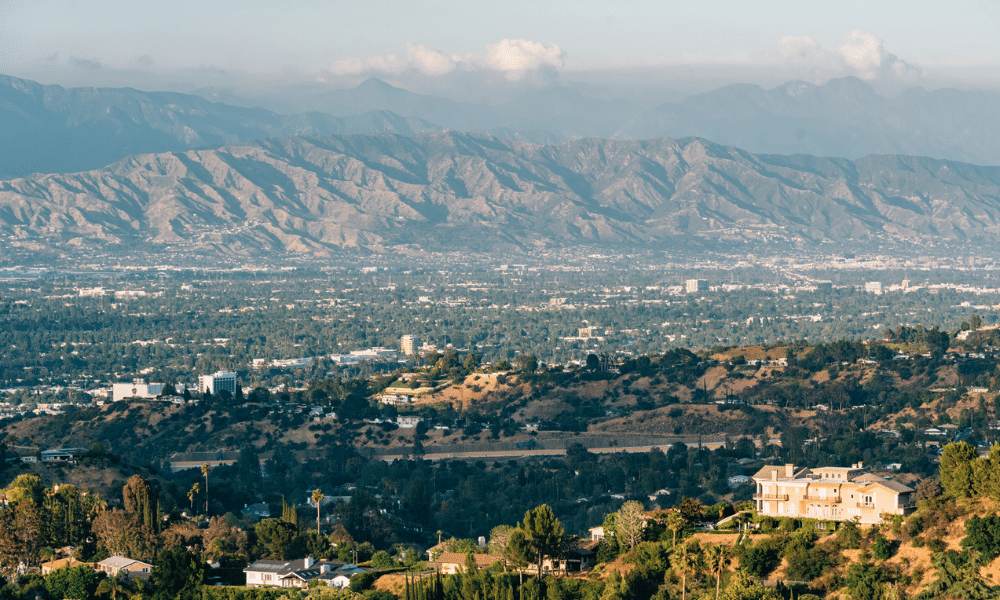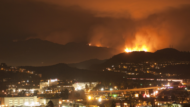The San Fernando Valley has a rich history, shaped by its early inhabitants and significant developments over the years. Originally inhabited by the Tongva people, the Valley thrived with their harmonious relationship with nature, utilizing its resources for food and shelter. The arrival of European settlers in the late 18th century and subsequent agricultural movements marked the beginning of the Valley’s transformation into a vibrant community.
As California became a state in 1850, the San Fernando Valley was included in Los Angeles County, setting the stage for its future growth. The Valley attracted settlers seeking a rural lifestyle, establishing small communities like Burbank and Glendale. With the arrival of the Southern Pacific Railroad, trade flourished, and the local economy gained momentum, paving the way for significant urban expansion in the early 20th century.
Early Inhabitants
The San Fernando Valley was originally inhabited by the Tongva people, who thrived in the region long before European settlers arrived. They lived in harmony with nature, utilizing local resources for food and shelter. The Valley’s water supply from the Los Angeles River supported a flourishing community.
In 1769, Spanish explorers led by Gaspar de Portolá traveled through the Valley but did not establish a settlement until the late 18th century. With their arrival, the landscape started to change. The Mission San Fernando Rey de España was founded in 1797. It was one of the first missions in California. This establishment helped secure Spanish claims to the area.
The Birth of Los Angeles
California became a state in 1850. San Fernando Valley had been part of Los Angeles County since its inception. This historical moment set the stage for future development and population growth. By the late 19th century, agriculture began to thrive in the Valley. Farmers took advantage of the fertile soil and favorable climate.
During this period, the San Fernando Valley attracted settlers who sought a rural lifestyle. Consequently, small communities began to form, including Burbank and Glendale. These towns would later flourish as part of Los Angeles’s expanding urban landscape. By the early 1900s, the Valley transitioned from agricultural land to residential neighborhoods, marking a significant turning point in its history.
The Role of the Railroad
The arrival of the Southern Pacific Railroad in the late 19th century was a game-changer for the San Fernando Valley. The railroad facilitated trade and commerce by providing an essential transportation link, boosting the local economy. This development made crop production and shipping more efficient, attracting more settlers to the area.
In 1904, the railroad connected San Fernando Valley with Los Angeles, further enhancing accessibility. This connection played a crucial role in shaping the Valley’s identity and fostering growth. The population increased rapidly as residents flocked to the area for job opportunities. Railroads built stations in Burbank, Glendale, and Pasadena, transforming the landscape and encouraging suburban expansion.
The Film Industry Takes Root
Transitioning into the 20th century, the San Fernando Valley became known as the “Hollywood of the North.” The burgeoning film industry set up studios in the Valley, drawn by the sunny weather and picturesque landscapes. Notable studios, like Warner Bros. and Universal Studios, established themselves in Burbank, boosting the local economy and attracting talent.
The Valley gained notoriety as a cultural hub, producing countless classic films and television shows. In 1935, the famous “Valley Relics Museum” was founded in Los Angeles, showcasing the area’s film history. This transformation established the San Fernando Valley as an integral part of the entertainment industry. By the mid-20th century, the Valley’s population boomed. Areas like Chatsworth, Northridge, and Porter Ranch evolved into vibrant communities, offering diverse amenities and housing options.
Population Growth and Development
During the post-World War II era, the San Fernando Valley experienced significant growth, fueled by returning veterans seeking homes in suburban areas. The construction of new housing developments and schools attracted families, transforming the Valley into a bustling residential community.
By the 1960s, the population reached over 700,000 residents. This growth led to establishing essential infrastructure, including schools, parks, and shopping centers. In 1970, the Valley became a designated region within Los Angeles City, solidifying its status as a significant urban area.
According to recent statistics, the San Fernando Valley has a population of over 1.8 million people today. Despite its residential character, the Valley also boasts a robust economy with significant contributions from aerospace, healthcare, and tourism industries.
Cultural Diversity
The San Fernando Valley is home to a diverse population, reflecting Los Angeles’s rich cultural tapestry. Over the years, many ethnic communities have settled in the Valley, contributing their unique traditions and customs.
For instance, the Valley has vibrant Latino community has influenced the social and cultural landscape. Additionally, the Valley is known for its strong Asian, Middle Eastern, and Armenian populations, creating a dynamic environment. Residents benefit from this diversity through cultural festivals, authentic restaurants, and community events.
The Legacy of San Fernando Valley
The San Fernando Valley’s rich history reflects the diverse journeys and transformations that have defined the region. From its early inhabitants to its evolution into a cultural and economic hub, the Valley showcases the resilience and adaptability of its communities.
As the area grows, embracing its heritage while adapting to modern demands, residents can appreciate the vibrant tapestry of cultures and stories that shape their daily lives. By understanding the Valley’s past, residents can take pride in their community and contribute to its legacy for future generations.
Looking to learn more about the San Fernando Valley? You might like this video:







